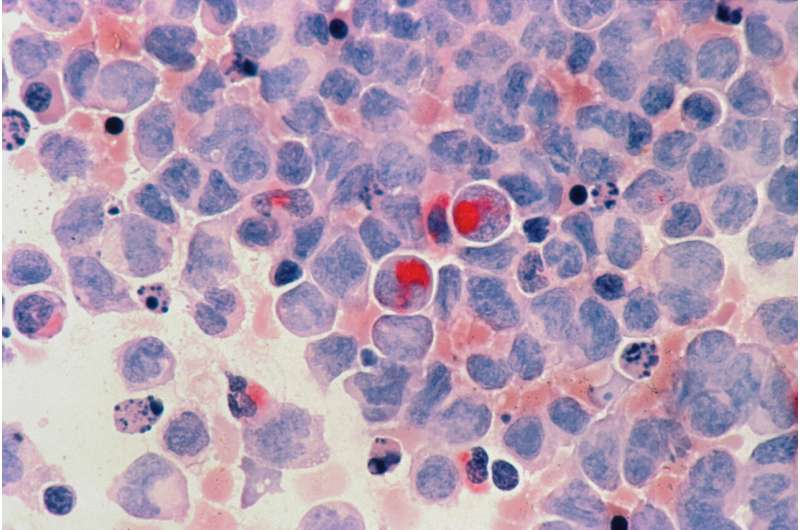Innovative Approach to Stem Cell Transplant Significantly Improves Outcomes for Blood Cancer Patients

A groundbreaking Australian study introduces a new drug combination post-stem cell transplant that triples survival rates and significantly reduces GVHD risk in blood cancer patients, revolutionizing treatment standards.
Australian researchers have developed a new, less toxic drug combination that, when used after stem cell transplants for leukemia, dramatically enhances patient recovery and reduces serious complications. This breakthrough addresses critical issues such as graft-versus-host disease (GVHD), a life-threatening and often lifelong complication that can follow transplantation.
The collaborative trial, led by Monash University and the Australasian Leukemia & Lymphoma Group, has the potential to revolutionize treatments for high-risk blood cancers like leukemia. According to lead researcher Professor David Curtis, the new regimen can triple survival chances and improve quality of life three years post-transplant. Importantly, it also reduces the incidence of GVHD, which currently affects 20% of transplant patients and contributes to death or chronic health issues.
Blood stem cell transplants are vital for treating leukemia, especially for aggressive cases. However, their success has been hampered by complications such as infections, organ damage, and GVHD, which results from donor immune cells attacking the recipient's tissues. The standard method for preventing GVHD has remained unchanged for over four decades.
The recent trial evaluated 134 patients aged 18-70 across eight sites in Australia and New Zealand. It compared the traditional drug combination with a novel regimen involving cyclophosphamide and cyclosporin. Results showed a significant increase—from 14.2% to 49.1%—in patients who were alive, in remission, and free of GVHD after three years. Additionally, the occurrence of severe side effects dropped from 32.4% to 19.7% with the new approach.
These promising findings, published in the New England Journal of Medicine and presented at EHA 2025 in Milan, suggest that this simplified and safer treatment protocol could become the new standard of care for patients receiving stem cell transplants from matched siblings. The improved outcomes and reduced toxicity mark a significant step forward in blood cancer treatment therapies.
For more details, see: source
Stay Updated with Mia's Feed
Get the latest health & wellness insights delivered straight to your inbox.
Related Articles
Understanding How Weather Changes Can Trigger Migraines and Tips to Manage the Pain
Learn how weather fluctuations like pressure, temperature, and sunlight can trigger migraines and discover effective strategies to manage and reduce their impact.
Innovative Oral Swab Test Guides Effective Hormone Therapy for IVF Success
A quick and non-invasive oral swab test can now predict the most effective hormone therapy for women undergoing IVF, increasing success rates and reducing side effects. Developed by Lund University, this innovative test personalizes fertility treatment based on genetic markers, promising to improve reproductive outcomes.
Benzaldehyde Inhibits Pancreatic Cancer Spread by Disrupting Critical Protein Interactions
Scientists have discovered that benzaldehyde, a compound with a distinctive aroma, can hinder the spread of pancreatic cancer by disrupting key protein interactions, offering hope for overcoming treatment resistance.
Public Health Support: The Key to a Healthier Future for the Nation
Investing in public health is crucial for ensuring a healthier future, reducing disease, and saving lives. Recent funding cuts and vaccine debates threaten these vital protections. Learn why public health supports longevity and well-being.



